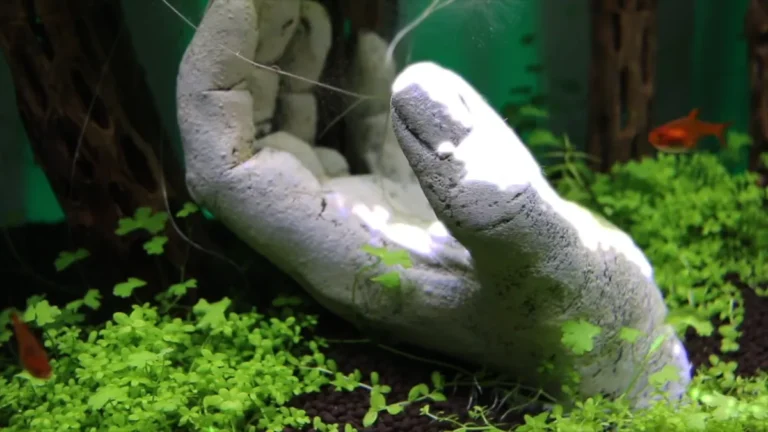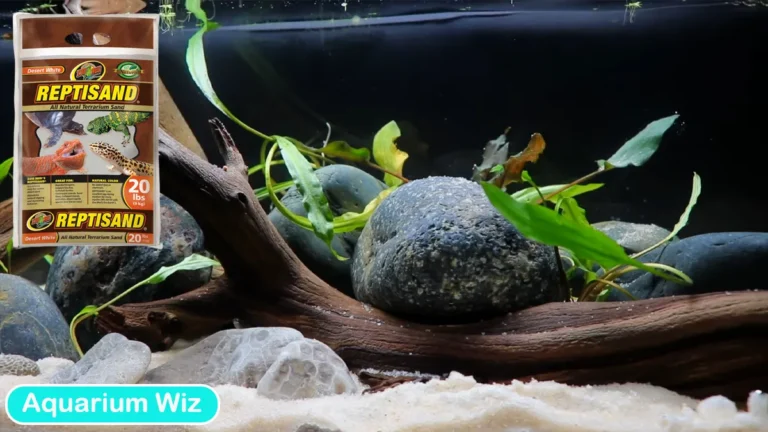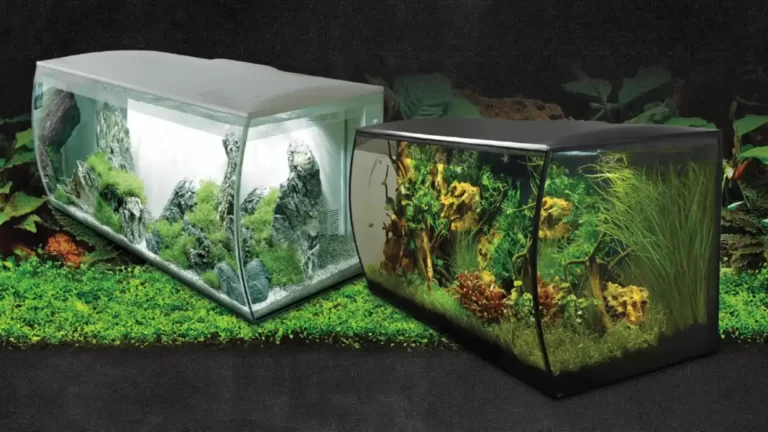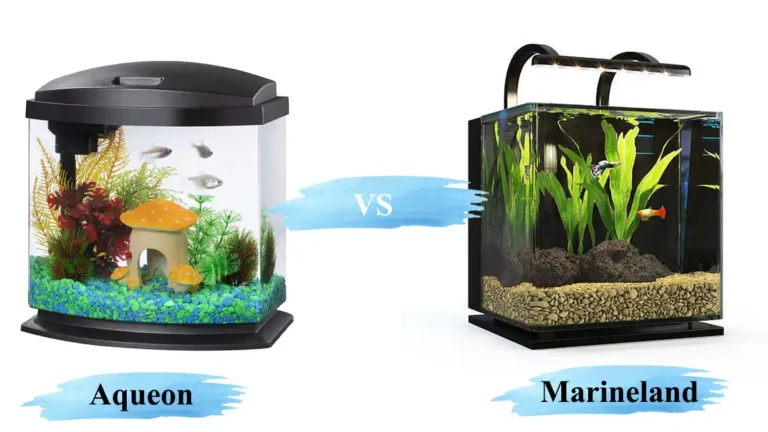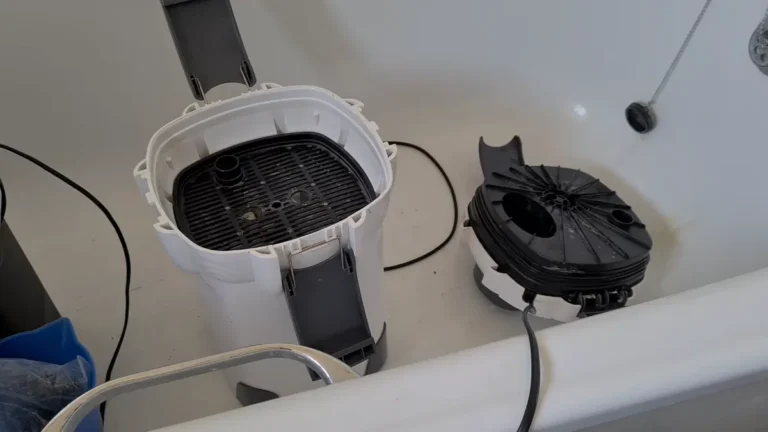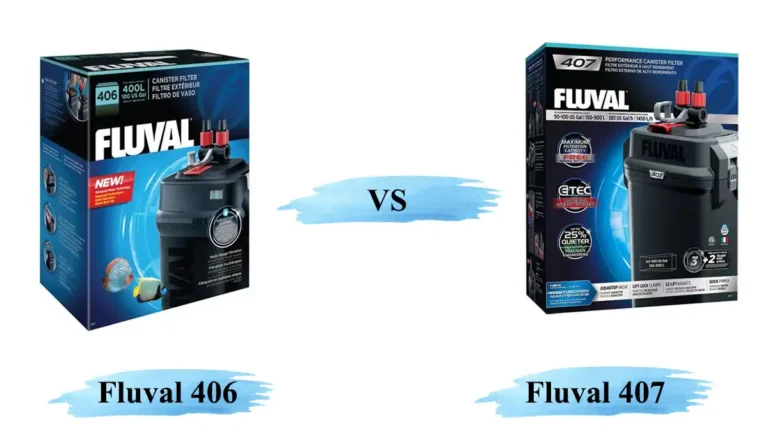Air Stone vs. Air Pump: Which One Should You Choose?
Hey there, aquarium enthusiasts! Today, we’re diving into the fascinating world of aquarium aeration and the crucial role it plays in maintaining a healthy aquatic environment for your fishy friends. Proper oxygenation is essential for their well-being, and two common tools used to achieve this are air stones and air pumps.
But what exactly are the differences between these two, and which one should you choose for your aquarium? Let’s explore the basics and help you make an informed decision.
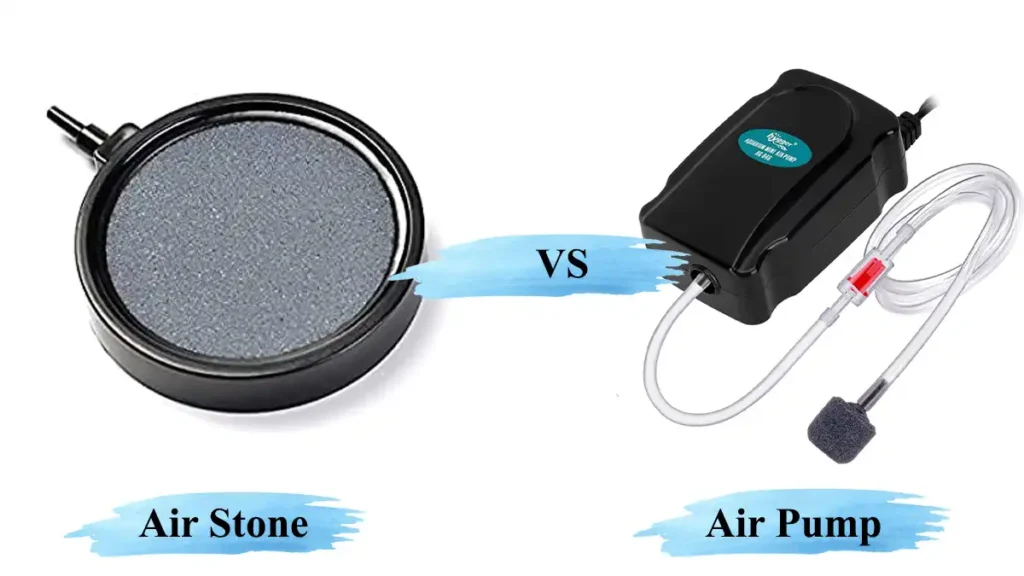
Air Stone vs. Air Pump: Understanding the Basics
Before we delve into the specifics, let’s familiarize ourselves with what air stones and air pumps are and how they function. An air stone is a device typically composed of porous stones or ceramic materials. When connected to an air tubing, it creates a stream of small bubbles that rise to the water’s surface. On the other hand, an air pump is a device responsible for generating air pressure, which pushes air through the tubing and into the tank. It powers various aeration devices, including air stones.
What Is an Air Stone?
Now, let’s take a closer look at the features and benefits of using an air stone in your aquarium. Air stones are fantastic additions because they enhance aeration and oxygenation within the tank. The small bubbles produced by the air stone create surface agitation, which increases oxygen exchange and reduces the buildup of carbon dioxide.
This, in turn, promotes better respiration for your fish, prevents stress, and ultimately contributes to their overall health.
From personal experience, I’ve found air stones to be particularly useful in certain scenarios. If you have a tank with a low surface area or heavy plant cover, it can be challenging to ensure adequate oxygen distribution. Air stones come to the rescue by efficiently circulating oxygen throughout the tank, reaching areas that may otherwise lack oxygenation.
Additionally, in saltwater aquariums, air stones facilitate protein skimming and help maintain stable pH levels, benefiting your delicate marine ecosystem.
Pros:
- Efficiently increase oxygen levels and maintain consistent water parameters.
- Create aesthetic appeal with bubbles and surface agitation.
- Suitable for small and large tanks alike.
Cons:
- Certain stone materials may produce noise.
- May disrupt the calmness preferred in some fish species or planted tanks.
- Require periodic cleaning to prevent clogging and maintain optimal performance.
What Is an Air Pump?
Now that we understand the importance of air stones let’s explore the purpose and advantages of incorporating an air pump in your aquarium setup. Air pumps work hand in hand with air stones by generating the necessary air pressure to push air through the tubing.
They come in different sizes and power options, allowing customization based on your tank size and aeration requirements.
But air pumps aren’t limited to powering air stones alone; they have additional uses too! They can operate sponge filters, protein skimmers, and other types of aeration devices. By increasing water circulation, air pumps help prevent stagnant areas and promote a healthier environment for your aquatic inhabitants. They also assist in removing debris, keeping your tank cleaner and reducing the risk of harmful bacteria growth.
Pros:
- Versatility in powering various aeration devices beyond air stones.
- Enhance water circulation and overall tank health.
- Can be adjusted for different flow rates and aeration needs.
Cons:
- Added equipment expense and potential energy consumption.
- Some models may generate noise if not properly maintained.
- Not always necessary for all aquarium setups, depending on stocking and aeration requirements.
Related Post: Top Fin vs. Fluval: Comparing Aquarium Heaters, Filters, and More
Can I Use an Air Pump Without an Air Stone?
One common question that arises is whether an air pump can be used without an air stone. The answer is a resounding yes! Air pumps can be utilized independently without air stones. In such cases, you can connect the air tubing to alternative aeration devices like sponge filters or protein skimmers. These devices benefit from the air pump’s air pressure and provide the necessary aeration for your aquarium.
However, it’s important to consider the specific needs of your aquarium before deciding on equipment. In tanks with a low fish load and ample surface area for oxygen exchange, air stones may not be necessary. Additionally, if you have a well-planted aquarium, the aquatic plants themselves contribute to oxygenation, reducing the need for additional aeration.
FAQ (Frequently Asked Questions)
Let’s address some common questions and concerns related to air stones and air pumps:
Can I use multiple air stones with a single air pump?
Yes, you can connect multiple air stones to a single air pump using a manifold or T-connector.
How often should I clean my air stone?
It’s generally recommended to clean your air stone every two to four weeks to prevent clogging and maintain optimal performance.
Can air pumps be used in saltwater aquariums?
Absolutely! Air pumps are commonly used in both freshwater and saltwater aquariums to provide aeration and improve water quality.
Are there any energy-efficient options available for air pumps?
Yes, there are energy-efficient air pump models available that consume less power while maintaining reliable performance. Look for pumps with energy-saving features.
Can air pumps cause excessive water movement or disturb fish?
While air pumps do increase water movement, you can control the intensity by adjusting the airflow. Some fish species may prefer calmer waters, so it’s important to monitor their behavior and make adjustments accordingly.
Conclusion:
Congratulations on diving into the world of aquarium aeration! In this article, we explored the differences between air stones and air pumps, helping you understand their functions and benefits. Remember, when choosing between an air stone and an air pump, consider your specific aquarium needs, fish species, and aeration requirements. By evaluating these factors, you’ll make an informed decision that ensures the health and well-being of your beloved aquatic companions. Happy aquascaping and may your fishy friends thrive in their oxygen-rich underwater paradise!

